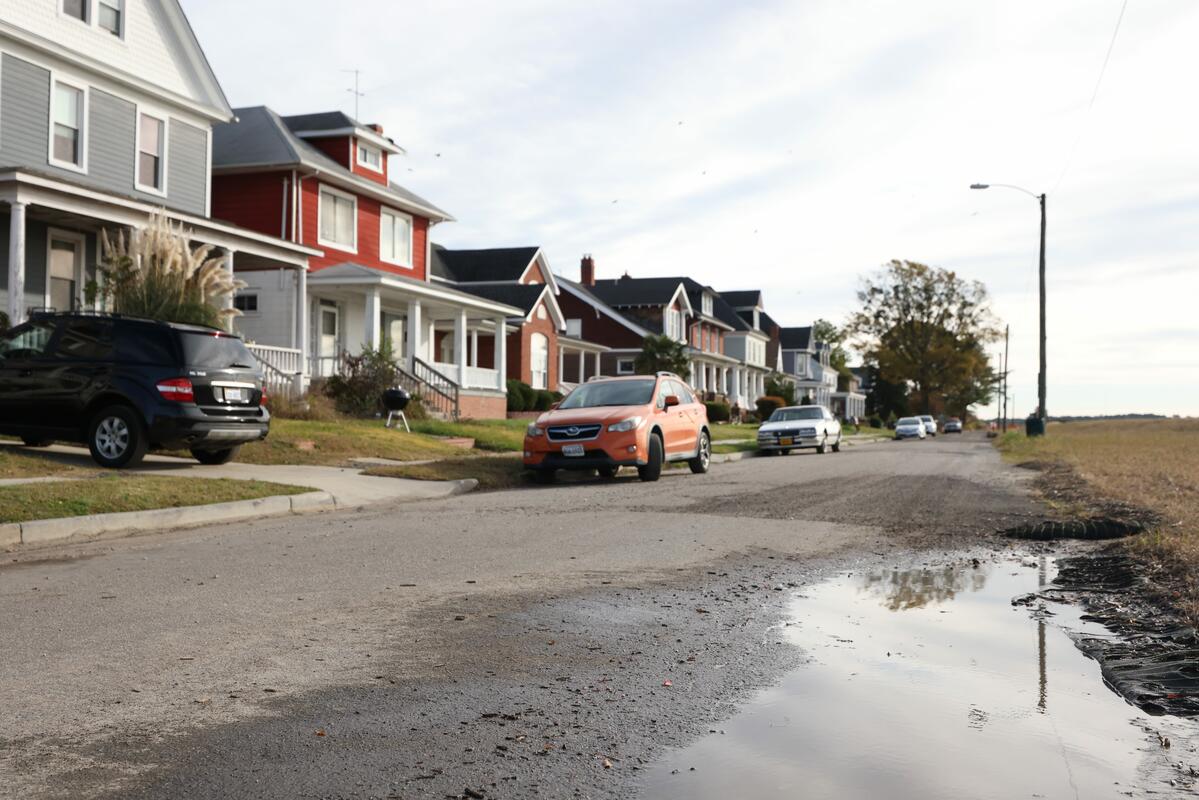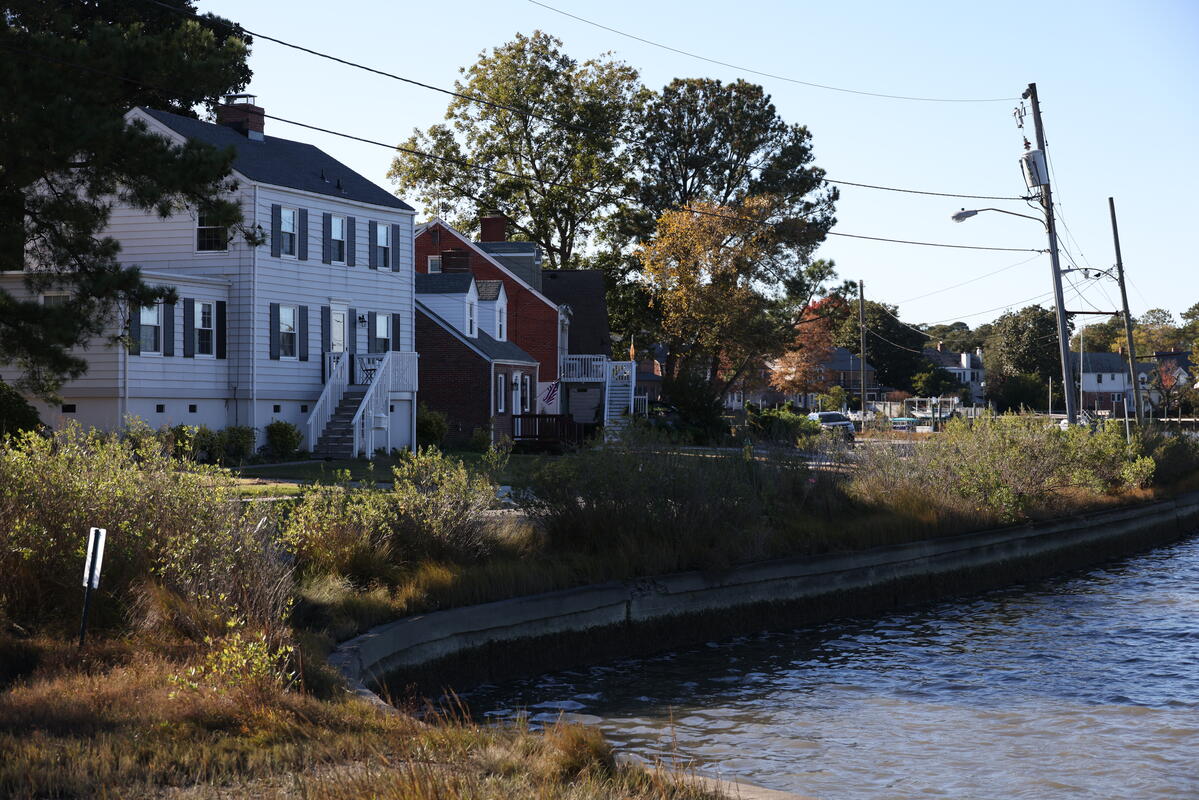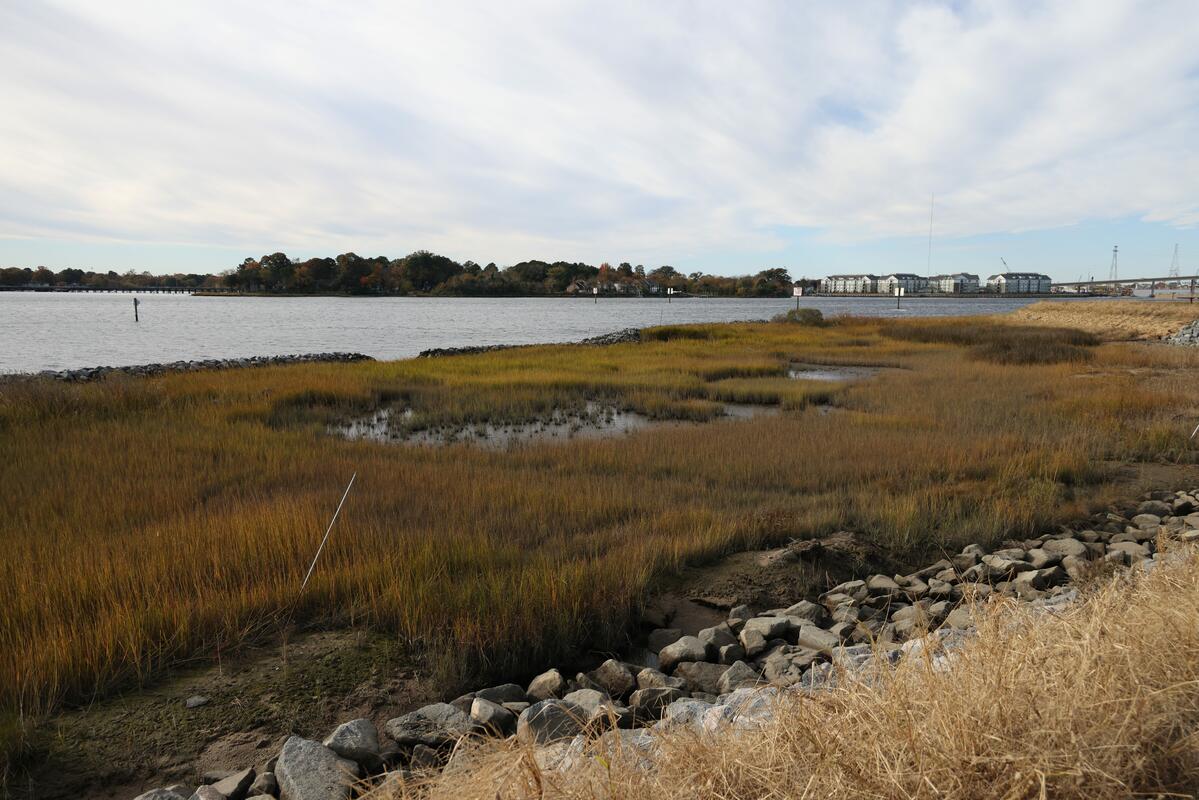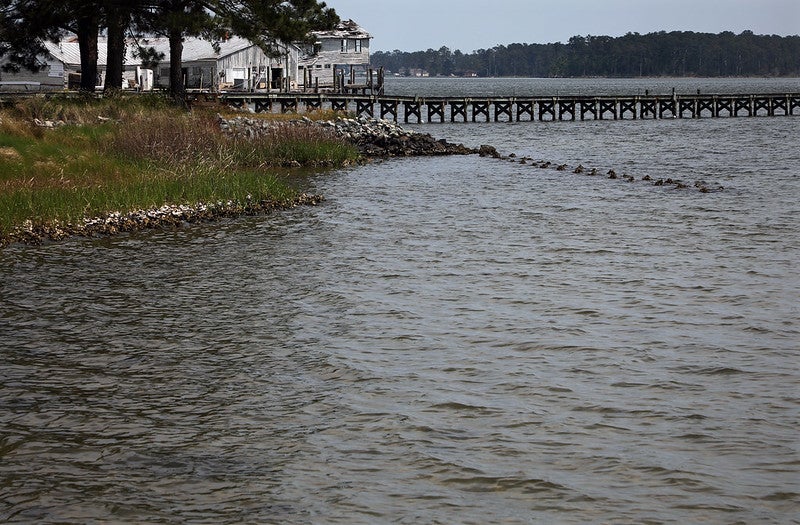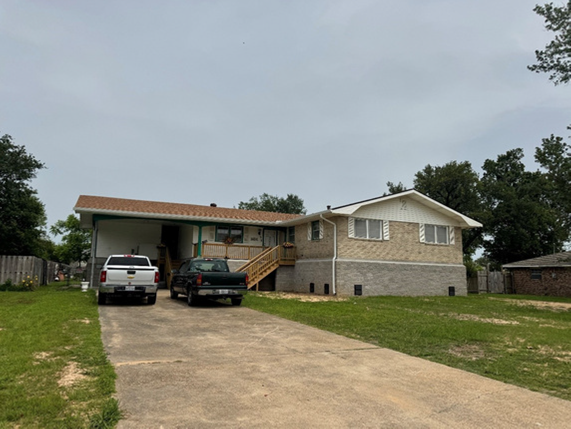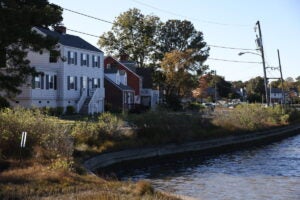
Transformational climate adaptation puts communities at the center. This project shows us how.
From record-setting rain in New York City to overflowing rivers in Vermont to another hurricane slamming into Florida’s coast – this year alone, we’ve seen historic neighborhoods, communities, local businesses and homes devastated by severe weather events that are becoming more intense and frequent due to climate change. Now more than ever, we need to invest in climate resilience to prepare our communities.
Building resilience isn’t easy, but it’s possible – and the Ohio Creek Watershed project in the City of Norfolk, Virginia is a prime example. Earlier this year, city officials and community members celebrated the completion of a $112 million watershed resilience project that shows transformational climate action is possible when community members have a seat at the decision-making table.
Building on years of community engagement
Norfolk’s Ohio Creek Watershed is home to two residential, predominantly African American neighborhoods with civic leagues and a strong community identity; Chesterfield Heights has more than 400 houses on the Historic National Register and Grandy Village includes a public housing community with more than 300 units. Both neighborhoods sit close to the shoreline of the busy shipping channel along the Elizabeth River and have experienced flood challenges from both regular tides and rainfall.
In 2014, local nonprofit Wetlands Watch, Virginia Sea Grant, Hampton University and Old Dominion University partnered to host meetings and conduct door-to-door outreach in Chesterfield Heights and Grandy Village to ask residents about community needs and concerns. Feedback highlighted that road access was limited due to regular flooding that occurs even on sunny days, and residents feared being cut off from the city in times of emergencies. Outdated storm infrastructure often left homes submerged in water during low tide and shoreline erosion was exacerbating flooding and restricting reactional activities, a cultural cornerstone in these water-adjacent communities.
In response, the project team brought together a diverse group of students, designers, planners, engineers, environmentalists and historic preservationists to work with residents on developing a needs assessment and project design to create more resilient neighborhoods. This was further built upon with a 2015 “Dutch Dialogues” workshop, which brought together community planners and engineers, students, researchers and civic leaders with experts from New Orleans and the Netherlands to build from the students’ designs, concepts and collected knowledge.
These designs were the foundation of a $112 million National Disaster Resilience Competition grant awarded by the federal Housing and Urban Development agency in 2017.
A win-win for people, businesses and nature
Community members from Chesterfield Heights and Grandy Village were given many opportunities to actively participate in the Ohio Creek Watershed project from start to finish. This included gathering multiple rounds of public input on everything from local transit connection and public amenity needs to the design of permeable pavers to reduce roadway flooding.
This cycle of feedback helped build support for the project and ensured residents had access to decision makers within the city staff. By summer of 2023, the neighborhoods were transformed to retain water, reduce flooding and provide other benefits to the community like a new fishing pier, while still keeping the original historic feel, culture and energy of the community intact.
Today, natural infrastructure – such as berms and living shorelines – work alongside hard infrastructure like pumps and weir gates to protect against coastal flooding. The community also has raised roadways and improved drainage to ensure roads are accessible during flood events. These improvements not only support economic revitalization, but also provide a number of co-benefits to community members. For instance, newly created public spaces include an engineered playing field and a public park that simultaneously serve as a stormwater retention area. Improved transit access has also helped reestablish the connection between both neighborhoods and the rest of the city.
The project hasn’t come without surprises, however, as residents dealt with the years-long construction process and some were not prepared for the new look of plants designed to retain water. City officials are working to continue to share information on the benefits of this landscaping with residents.
Future opportunities to build resilient communities
Although a $112 million grant isn’t realistic for every neighborhood, the Ohio Creek project should be recognized for its dedication to constant input from residents to ensure flood mitigation solutions would address the neighborhoods’ unique context, meet community needs and be locally supported.
Earlier this month, the Federal Emergency Management Agency announced $1 billion in funding for states, localities, Tribes and territories to invest in community resilience and implement natural solutions. Applicants should look for opportunities to follow Norfolk’s example.
This model of co–developing solutions is just one piece of the puzzle. It’s going to take continued effort from leaders, community members, businesses and others to put people at the center of decision-making and build holistic, community-scale resilience.
Nature provides powerful tools to address growing climate impacts and build greater flood resilience. Check out our Story Map to learn how states are using natural infrastructure to address climate impacts.










